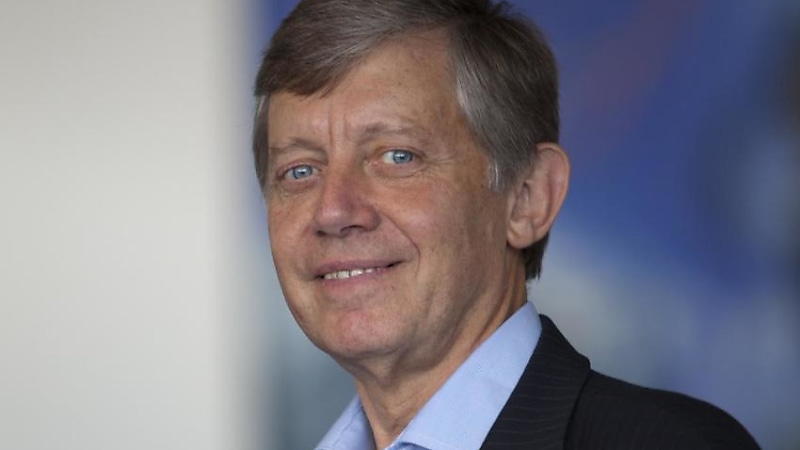Budget leaves question mark over active member test changes

While the government confirmed it will proceed with the SMSF residency changes, it is not clear whether this will extend to the abolition of the active member test.
In a recent article, SuperConcepts executive manager, SMSF technical and private wealth, Graeme Colley said while the government stated that that it would proceed with the proposal to relax the residency requirements for SMSFs with a deferred start date, there is still some uncertainty around certain elements of the measure.
Mr Colley explained that the original proposal announced by the previous government in the 2021 budget was to extend the time fund trustees were temporarily absent from Australia from two to five years.
“This was to allow trustees to meet the central management and control test and satisfy that requirement that the fund was an Australian superannuation fund for tax purposes,” he stated.
“The 2020–21 budget announcement also proposed the abolition of the active member test, which places restrictions on members of small funds making contributions when they are overseas.”
Mr Colley noted that the current Labor government announced earlier this week that relaxed residency requirements would go ahead but with a deferral of the start date.
“While this appears to cover the temporary absence rule in relation to the central management and control test it is not clear whether the announcement extends to the abolition of the active member test,” he said.
For a fund to be treated as an Australian superannuation fund and qualify for taxation concessions, it needs to meet three tests.
“Otherwise, the fund may be taxed at the penalty rate of 45%. The three tests are the establishment test, the central management and control test and the active member test,” Mr Colley explained.
The establishment test is satisfied if the fund was established in Australia or if the fund has an asset in Australia, he said.
The central management and control test requires that significant policy matters are made in Australia.
“However, under the current rules the central management and control test are met where the trustees are temporarily absent overseas for no longer than two years. The announcement made by the government on 25 October is to extend the period of temporary absence to no longer than five years,” he said.
“There are no details available on how this will work or when the legislation will be introduced into the parliament. However, it will commence at the start of the financial year after the legislation becomes law.”
The third test is the ‘active member’ test, he said, which restricts a member of the fund who is overseas and not an Australian tax resident from making contributions to the fund.
“The test is applied in relation to those members who have contributions made for them. When at least 50 per cent of the market value or fund value is held by active members who are Australian residents the test is met and overseas residents can made contributions to the fund,” he said.
“However, if this is not the case and contributions are made by overseas residents then the fund will not meet the Australian superannuation fund test for tax purposes.”
Mr Colley said whether the changes to the active member test proposed in the 2021–22 budget will be form part of the announcement in the October budget is still a matter of conjecture at this stage.
“We will need to wait until we see the draft legislation or further announcements from the current government,” he said.






